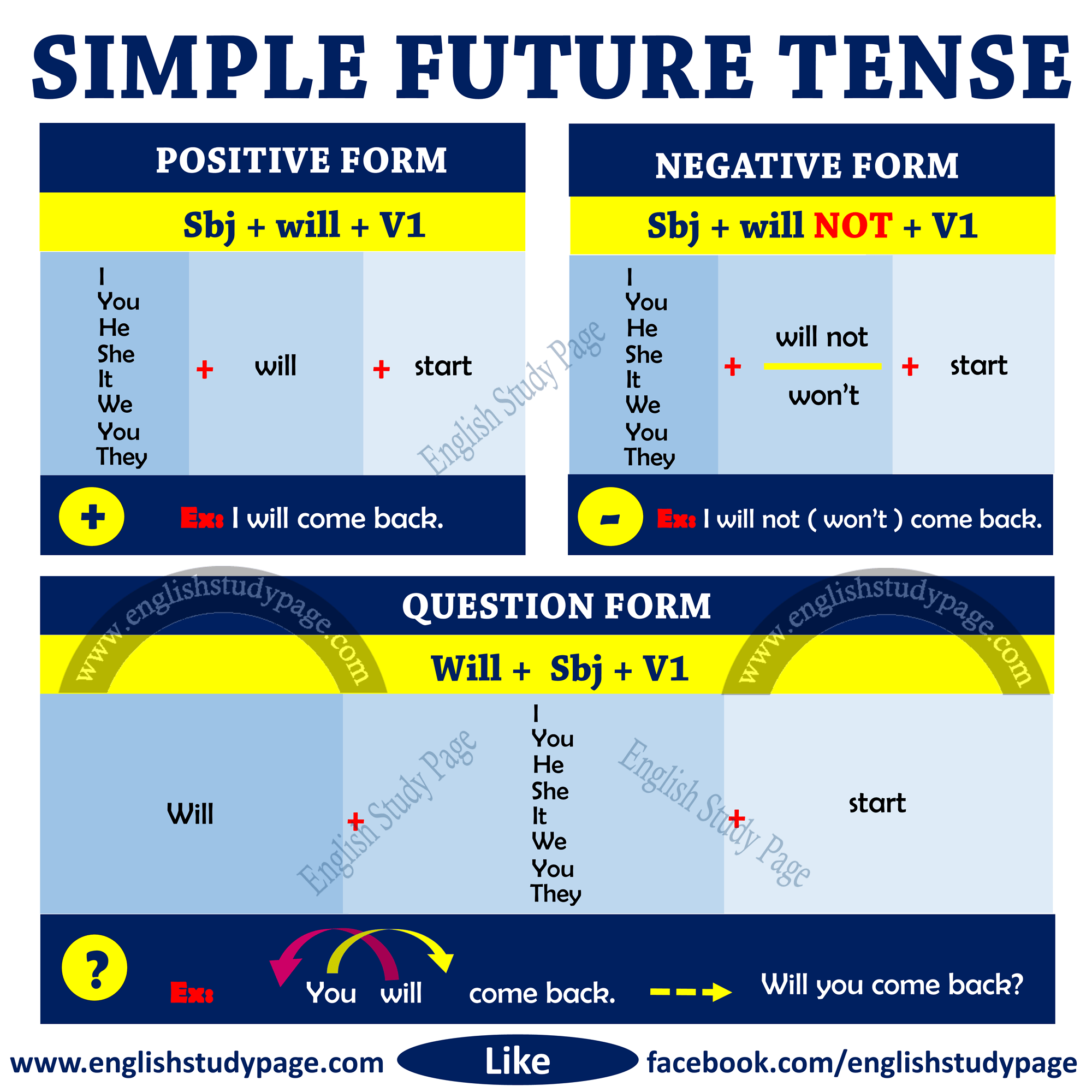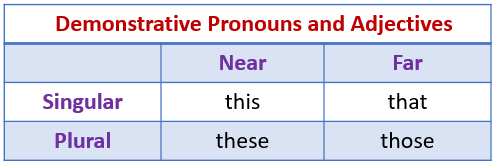Activities to improve Reading Skills
There are 3 easy to implement activities that each take just a few minutes a day to improve reading skills.
- Improve reading fluency in 5 minutes a day.
- Improve spelling and learn the 8 ways we put letters together to make words.
- Improve reading comprehension by playing a reading comprehension game.
1st Activity: Improve Reading Fluency
The speed and accuracy of your reading are extremely important. The first activity you can do to improve your reading skills is reading fluency training. In just 5 minutes a day, you can boost your speed, accuracy, and comprehension. When you skip, repeat, or mispronounce words while reading, the meaning is often lost. Reading fluency is one of the most ignored reading skills and one of the easiest to practice at home. And, yes, fluency practice can be done in as little as 5 minutes a day. More and more research shows that short interval training consistently throughout the week helps people have bigger gains than working for long periods.
2nd Activity: Improve Spelling Skills
Spelling incorporates both decoding words and encoding words. The decoding is the ‘sounding out’ part. Encoding is the ‘writing down the sounds you hear’ part. So many students struggle with this as they are expected to learn over 30 spelling rules. However, when you realize we only put letters together 8 ways to make words, improving spelling skills doesn’t have to be hard. When spelling becomes easier, reading becomes easier.
3rd Activity: Improve Reading Comprehension
The third activity is all about having fun with reading. The key here is to play games that are specifically designed to improve reading comprehension. The third activity is playing a reading comprehension game. That’s right, game playing! Playing The Comprehension Zone, a reading comprehension game, teaches yourself how to read for the main idea and details or sequence what they read does the trick. Other reading games might be ones that build vocabulary skills. Comprehension improves when you know the meaning of more words.
Let's put into practice everything learned:










